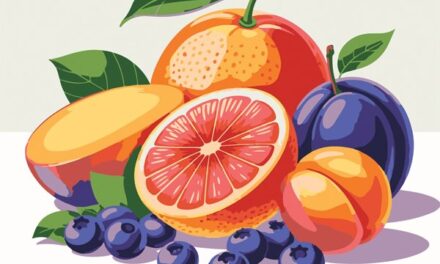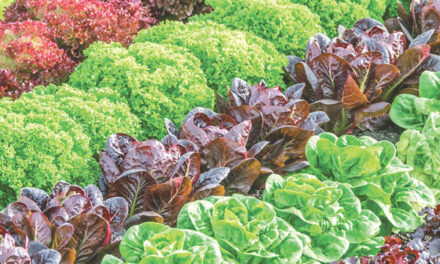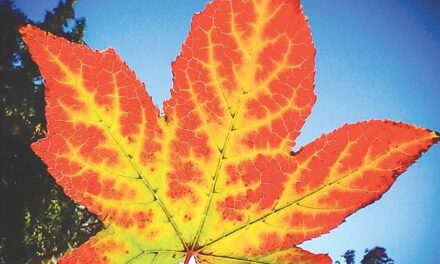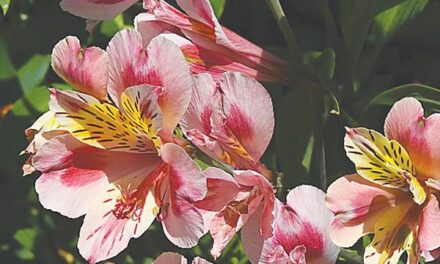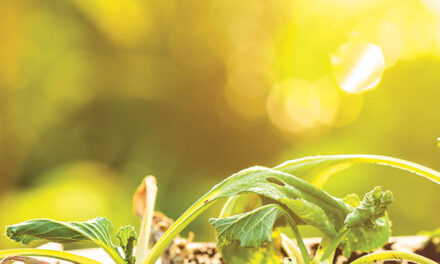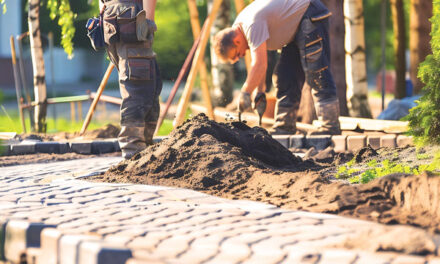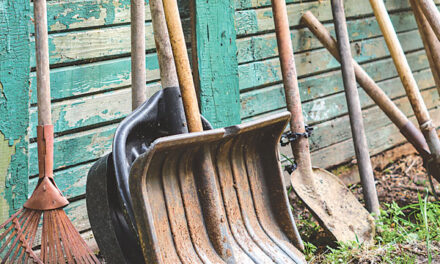The Big Leafy too often transitions from blistering hot to chilly and wet, allowing minimal days of local autumn color. Our magnificent trees should not be denied the opportunity for extended applause and encore performances.
Eventually, the heat concedes, and Sacramento is blessed with orange and crimson leaves, but for how long?
Gardeners have an elevated appreciation of the city’s leaf canopy. Shade, beauty and finally wonderful composting material are welcome perks.
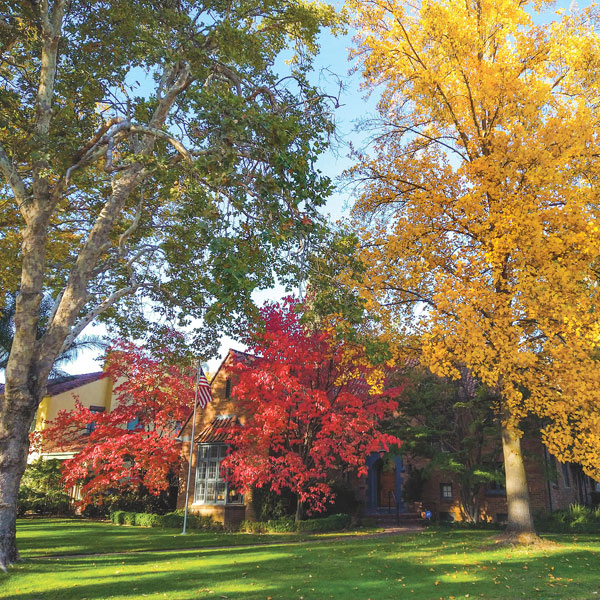
Gardeners also relish comfortable fall temperatures to refresh and reflect on what transpired and what awaits. We can accomplish much when granted an overcast day and a hoodie.
Somehow, you and the garden survived yet another summer. July was hottest on record. Our gardens were parched and scorched from brutal triple-digit days. An unseasonably cool handful of August days renewed hope vegetables would again set fruit and ornamentals could shed survival mode and generate blooms.
So here we stand, dirty fingernails, hand pruner in back pocket, anticipating seasonal change. There’s hope we will not be deprived of our fall rewards.
Grant us fallen leaves cartwheeling in the breeze, enough time to jump-start carrots and beets, cure pumpkins and winter squash, and divide day lilies. And please grant us a long stretch of spectacular fall color.
Fall color begins earlier in the Sierra and gradually descends to the foothills and valley. Some years Sacramento hits its color peak as late as November.
Three things determine fall color: leaf pigment, temperature and shorter periods of daylight. Once the production of chlorophyll (green pigment) ceases, other pigments emerge in crazy hues of yellow, orange and red. It’s a chemistry thing.
If temperatures remain unseasonably high, the fall color period is shorter. That can and does happen here. Cooler, cloudy days extend the show.
A fall season of some length allows gardeners time to adjust and prepare for the next planting and summer garden cleanup.
Gardening is a labor of love, but also choice. Some plant in spring and are burned out by fall. For this group, fall and winter are for cleanup, tucking a few pansies and violas into pots, and holiday hibernation until roses demand pruning in January and February.
The more energetic group plants a winter garden of leafy greens and root crops—kale, chard, carrots, beets, garlic, shallots, lettuce and other cool-season edibles. The reward is garden-grown produce year-round. In cool months there are fewer pests and rain helps irrigate. Workload and chance of failure are reduced.
Those revitalized and energized after the long, hot summer can plant trees, perennials and shrubs. All will benefit from still warm soil and surprise you with significant root and top growth when spring rolls around.
If you still have lawn, October is perfect for reseeding bare areas and fertilizing. Directly sow seeds of stock and sweet peas, and swap out the dead and dying summer annuals for calendula, snapdragons and primrose.
Installing drip irrigation or repairing or expanding systems is easier with temperatures in the mid-60s. So is spreading bark and wood chip mulch under trees and in flower beds.
Plant bulbs, too. Narcissus and daffodil perform especially well, but don’t dismiss ranunculus, sparaxis, tulips, freesia and iris. Planted in containers and beds in fall, the spring show will be camera-worthy.
It’s easy for gardeners to be distracted in fall. Children return to school, youth sports demand time and, before you know it, Halloween screams “Boo!” Garden planning and chores may sink to low priority.
No need to stress. Make a short list. Prioritize the important tasks. Tackle one at a time. Allow time to visit Apple Hill, shop a fall plant sale, sip a pumpkin spice latte or dive into a pile of leaves. If Mother Nature cooperates with a true fall, do not squander the gift.
Dan Vierria is a University of California Cooperative Extension Master Gardener for Sacramento County. He can be reached at masterg29@gmail.com. For answers to gardening questions, contact UCCE Master Gardeners at (916) 876-5338, email mgsacramento@ucanr.edu or visit sacmg.ucanr.edu. Follow us on Facebook and Instagram: @insidesacramento.



